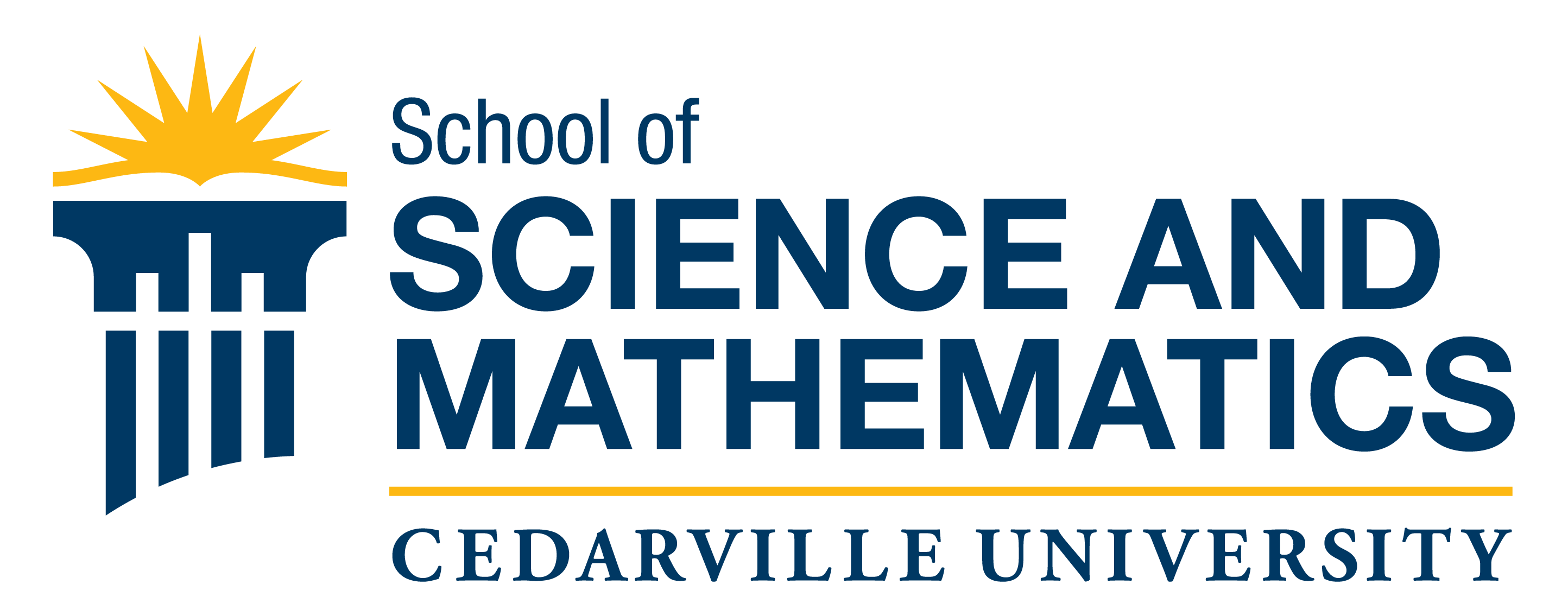Science and Mathematics Faculty Presentations
Novel Combinational Therapy Targets Pseudomonas aeruginosa Biofilm Infections in a Flow Model
Document Type
Poster Session
Event Date
4-22-2020
Conference/Event
Brother Joseph W. Stander Symposium - University of Dayton
Location
Dayton, Ohio, United States of America
Abstract
The rise of multidrug resistant (MDR) pathogens is one of the greatest medical concerns of the century. In MDR infections, the use of antibiotics is almost entirely useless, leaving patients at a higher risk of mortality. Almost 80% of human infections involve biofilms. The biofilm-associated cells of Pseudomonas aeruginosa are up to 1000-fold more resistant to antibiotics than planktonic cells. The danger caused by the resistance of these pathogens has initiated an urgent need to look for alternative antimicrobial therapies such as phage therapy, which uses the natural relationship of lytic bacteriophages to eliminate infections. Our lab has examined a successful combinational therapy that treats biofilms of P. aeruginosa using a lytic bacteriophage (PEV2) and our novel patented porphyrin (ZnPor). The objectives of this proposal are to evaluate the synergistic antibacterial effectiveness of ZnPor and PEV2. Biofilm flow models were constructed to represent a in vitro infection model using CDC approved bioreactors. Bioreactors were inoculated with wild type strain of P. aeruginosa and grown for 16~18 hours, then treated with a combination of PEV2 and ZnPor both alone and combined. Phage and bacterial burden were quantified and biofilm structure was observed using confocal laser scanning microscopy. The therapy we have developed involves a novel patented porphyrin (ZnPor), which rendered biofilms more porous and less strongly attached. The subsequent addition of bacteriophage PEV2 resulted in the killing of virtually all the remaining cells. The significance of our novel approach of antimicrobial management is that, unlike other protocols involving biofilm eradication, our strategy addresses the issue of resistance. The ability to disrupt the inherent structure of biofilms and make cells accessible to treatment promotes little resistance and decreases bacterial success in colonization of biomaterials. The treatment of life-threatening infections is foundational to UD’s mission of Research for the Common Good.
Recommended Citation
Geyer, Jessica, "Novel Combinational Therapy Targets Pseudomonas aeruginosa Biofilm Infections in a Flow Model" (2020). Science and Mathematics Faculty Presentations. 339.
https://digitalcommons.cedarville.edu/science_and_mathematics_presentations/339




Comments
Graduate Research